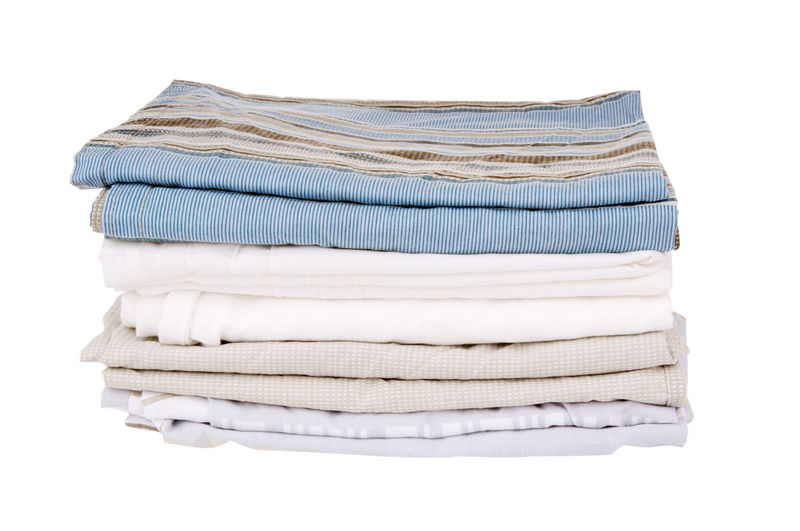Can We Halt the Spread of Microplastic Pollution?
Microplastic pollution has become a pressing environmental issue, infiltrating our oceans, rivers, and even the air we breathe. As the impact of microplastics becomes more widely recognized, a growing question arises: Can we halt their spread? This article will delve into strategies and initiatives aimed at tackling this daunting challenge.
Understanding Microplastic Pollution
Before exploring solutions, it's crucial to understand what microplastics are. Microplastics are tiny pieces of plastic debris, less than 5mm in diameter. They originate from a variety of sources, including the breakdown of larger plastic waste, microbeads in personal care products, and fibers shed from synthetic clothing. Microplastics pose unique challenges due to their size, making them difficult to capture or remove from the environment.
Sources of Microplastic Pollution
- Cosmetic Products: Many exfoliating scrubs and even toothpaste contain microbeads.
- Laundry: Synthetic fabrics like polyester release microfibers during washing.
- Industrial Processes: Tiny plastic pellets are raw materials for manufacturing larger plastic goods.
The widespread use and disposal of plastics contribute significantly to microplastic pollution, with millions of tons estimated to be floating in the oceans.

The Impact on the Environment and Health
Microplastics are not biodegradable and thus persist in the environment, posing significant threats to marine life and terrestrial ecosystems. They can also enter the human body through ingested food and water, and the long-term health implications are still being studied.
Environmental Hazards
- Marine Life: Fish and other marine creatures can mistake microplastics for food, leading to starvation or internal injury.
- Land Bodies: Soil ecosystems are adversely affected, impacting plant growth and biodiversity.
Health Concerns
Human exposure to microplastics raises concerns over chemicals used in their production. These can disrupt hormonal systems and lead to other health complications.
Strategies to Mitigate Microplastic Pollution
Addressing microplastic pollution requires a multifaceted approach, ranging from technological innovations to policy changes and public awareness.
Policy Initiatives
Governments worldwide are starting to take action by introducing bans on specific microplastic uses and promoting alternative materials. Policies that target single-use plastics and encourage recycling are pivotal in curbing this growing issue.
- Plastic Bans: Several countries have put bans on microbeads in cosmetics and personal care products.
- Recycling Enhancements: Increasing recycling rates and developing more efficient processes for plastic recovery.
Innovations in Waste Management
Technological advancements are crucial to mitigating microplastic pollution. Innovations in filtering systems can capture microfibers released during laundry. Similarly, improved waste treatment plants are essential in trapping microplastics before they enter waterways.
Community and Corporate Responsibility
While policy changes and technology play vital roles, community action and corporate responsibility are equally important elements of the solution strategy.
Public Awareness Campaigns
Raising awareness about the impact of microplastics and promoting behavioral changes can go a long way. Educational programs can teach individuals how to reduce plastic use and properly manage waste.
Corporate Initiatives
Many corporations are stepping up to reduce their plastic footprint. Leading brands have started to explore materials that are either biodegradable or more easily recycled. Initiatives include:
- Product Redesign: Companies are rethinking packaging to minimize plastic use.
- Supply Chain Audits: There's a growing focus on reducing microplastic generation at manufacturing stages.
Exploring Alternatives to Plastic
Transitioning away from conventional plastics to sustainable alternatives is a key aspect of this fight. Biodegradable plastics and other materials can drastically reduce the presence of microplastics over time.
Bioplastics
These are derived from renewable resources and designed to break down more quickly than traditional plastics. However, their effectiveness depends largely on proper disposal and the specific environmental conditions.
Smart Materials
Research is underway to develop materials that maintain the function of plastics but degrade safely in the environment. Innovative materials like Mycelium-based composites or plant cellulose composites are showing promise.

Personal Actions to Combat Microplastics
Individual actions play a significant role in halting the spread of microplastic pollution.
Steps You Can Take
- Choose natural fiber clothing to minimize microfiber pollution.
- Use reusable containers and reduce reliance on plastic packaging.
- Participate in local clean-up activities to remove plastic waste from natural areas.
- Avoid products containing microbeads, selecting natural alternatives instead.
Each of these steps, while small on its own, can collectively make a significant impact. Every individual's effort counts in creating a ripple effect towards wider environmental change.
Conclusion: The Path Foreword
Halting the spread of microplastic pollution is a colossal task that requires global cooperation and a diversified approach. From legislative changes to technological innovations, coupled with a shift in consumer habits, the collective effort can make a substantial difference. While the challenge is great, the potential rewards of a cleaner, healthier planet are worth every endeavor.
As we gain more understanding and develop new strategies, the hope remains that we can ultimately curb the proliferation of microplastics and work towards a sustainable future.